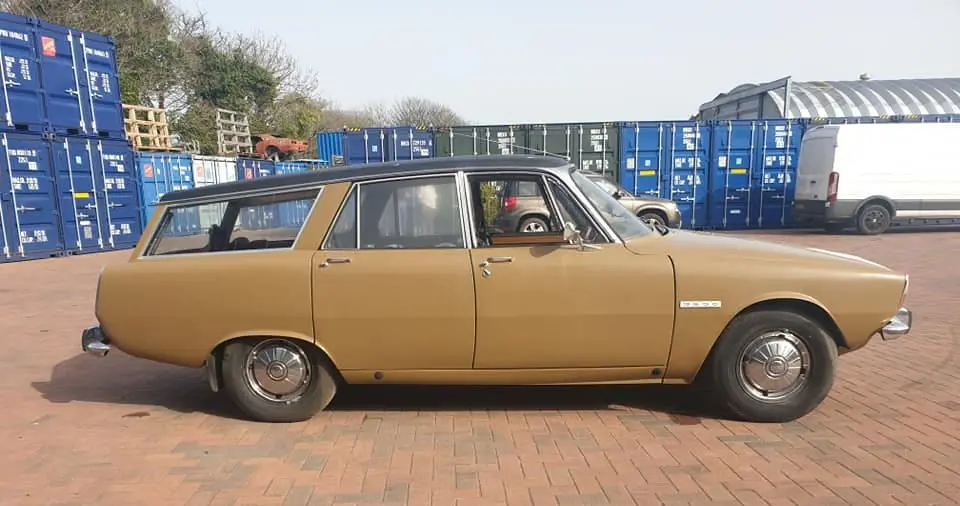MEET THE OWNER – BEN CURTIS AND HIS ROVER 3500 ESTOURA
12 May 2023
Ten years ago, I invited readers of Classic & Sports Car to “imagine a landowner of the Alan Clark school of tact and diplomacy driving an Estoura at speed around his properties, a 1961 Château Latour being waved out of the open driver’s window and curses being aimed at those who had bought their own furniture.”
Such was the impression a P6 shooting brake made on me, and today Ben Curtis is the proud owner of a 1970-model. He remarks: “The ironic thing is that it is a useless estate car! The rear roofline and hatch opening is hopeless!” But with a vehicle of such panache, one can forgive the Rover its foibles.

The P6 Estate story dated from 1967 when FLM Panelcraft Ltd. of Battersea created a coach-built five-door version of a 1966 TC. By April 1969, production began of the Estoura, and a new aluminium top replaced the saloon’s roof. Sales were initially via Hurst Park Ltd., and the East Molesey dealership appealed to connoisseurs and rampant social climbers alike when they claimed the new Rover was “A first class carriage for top people”.
However, the price of the conversion on a new or used P6 was a steep £800 resulting in the 2000SC version costing £2,387 1s 7d – far more than a Triumph 2000 Estate. The 3500 was an even more formidable £2,713 5s 5d. Nevertheless, from 1970 onwards, the British Leyland dealership Hurst Park marketed the Estoura with the factory’s approval. The P6 historian John Windwood explained on the indispensable www.aronline.co.uk site: “These vehicles were designed and built by FLM Panelcraft. FLM converted the basic shells, and the interiors and cosmetics were then fitted by either Crayford, HR Owen or Hurst Park Motors. This explains the various internal and external differences between surviving examples. Crayford apparently began to badge their estates as Crayfords and implied that they built them. They were forced to stop when FLM threatened legal action”.
Most conversions were on the 3.5-litre Rovers, as the larger engine was better suited to the heavier estate body. However, the high price sales figures may have resulted in just 160 Estouras leaving the works. Inadequate rustproofing did not assist their survival rate, nor did Panelcraft fit the new estate bodywork on top of the boot’s drainage channels.
Ben only recently acquired his Estoura, and it is currently in the care of Wight Classics. He remarks, “I’ve previously owned a Gordon Keeble, which is comparatively common!”. But then “A first class carriage for top people” was always going to be an exclusive machine.
With thanks to: Ben Curtis
